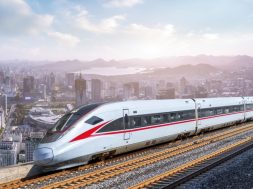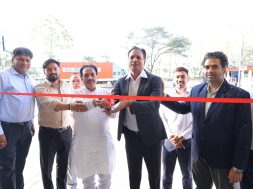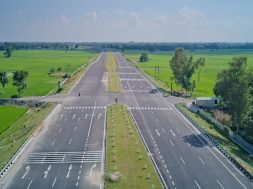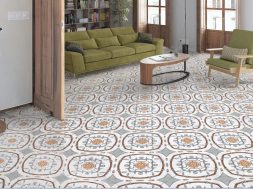Aluminium frames revolutionise high-rise construction in cities
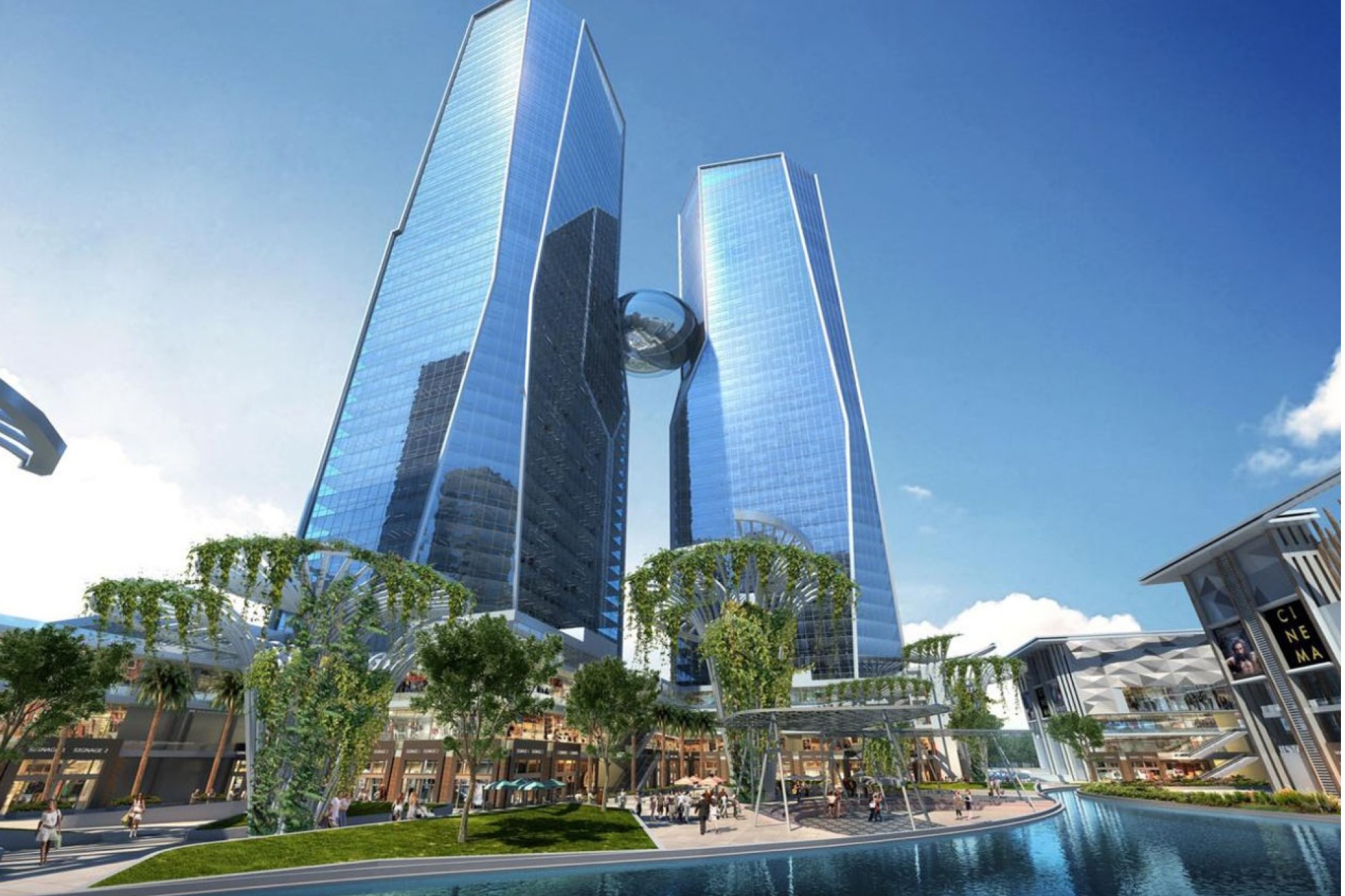
Dinesh Chandra Pandey, Founder of Shankar Fenestrations & Glasses, emphasises the importance of aluminium in high-rise building due to its strength, sustainability, and aesthetic adaptability.
In today’s urban skyline, high-rise structures signify advancement, inventiveness, and metropolitan culture’s goals. As cities grow vertically, there is a greater need for materials that can withstand environmental loads, improve structural integrity, and provide aesthetic appeal. Aluminium has gained popularity over other materials for high-rise construction, notably for frames. For good reason, architects and builders are increasingly using aluminium frames. Aluminium is ideal for high-rise structures because to its unique properties: strength, versatility, and visual appeal. This essay discusses the various benefits of aluminium frames in high-rise buildings, with a focus on their strength, design flexibility, and sustainability.

· Exceptional strength-to-weight ratio
Aluminium has a high strength-to-weight ratio, which makes it an ideal material for high-rise constructions. Aluminium is highly robust and durable, despite the fact that it weighs significantly less than steel. Because aluminium has around one-third the density of steel, the building structure weighs less overall. This weight reduction can boost design flexibility while also saving money on construction by reducing foundation stress. Aluminum’s light weight makes installation easier and faster, reducing labour costs and project completion timeframes. Aluminium provides the required support for high-rise building framing systems, allowing them to withstand wind loads and other weather conditions without adding unnecessary weight.
· Enhanced structural stability and safety
Aluminium frames are lightweight and very corrosion resistant. They are thus suitable for structures exposed to a variety of environmental conditions, such as humidity, precipitation, and temperature fluctuations. When aluminium is exposed to air, it naturally forms a protective oxide layer that prevents corrosion and rust. Aluminium retains its strength over time, ensuring that the structure remains structurally sound for longer than other materials that may decay or weaken. This corrosion resistance is critical for ensuring the safety and longevity of high-rise buildings, which face tremendous wind forces and other environmental conditions at higher heights.
The non-flammable aluminium frames provide critical fire protection to high-rise constructions. The aluminium frame increases overall building safety and allows inhabitants more time to flee in the unfortunate event of a fire by slowing its spread.
· Aesthetic flexibility and design freedom
Today’s high-rise structures value aesthetics as much as structural integrity. Designers and architects strive for materials that allow them to experiment with structure, form, and aesthetics. Aluminum’s flexibility and softness make it suitable for a wide range of applications. Architects may create eye-catching, distinctive facades that attract attention and improve the appearance of towns by custom-making aluminium frames into complicated shapes. Alloying or powder-coating can produce a wide range of colours and finishes, allowing designers to contrast or compliment them with other construction materials.
Aluminium frames are ideal for contemporary high-rise buildings because to their sleek appearance and clean lines, which complement recent architectural trends. The material can be combined with glass to create attractive and airy structures. The basic appearance of aluminum-framed glass facades allows for the maximisation of natural light while also providing structures a sense of space. In addition to increasing the building’s aesthetics, this transparency boosts energy efficiency by reducing the need for artificial lighting during the day.
· Energy efficiency and environmental sustainability
In the construction sector, sustainability has received a lot of attention, particularly for high-rise constructions that consume a lot of energy and resources. Aluminium frames are known for being energy-efficient, particularly when combined with insulated glass panes. Aluminum’s excellent thermal conductivity enables the integration of thermal breaks, which decrease the flow of heat from the building’s exterior to its inside. This can significantly improve the building’s insulation, reducing the need for heating and cooling systems and contributing in the maintenance of a comfortable interior climate. As a result, less energy is required, which reduces running costs and has a smaller environmental impact.
Another significant advantage of aluminium is its recyclable nature. Recycling aluminium keeps its properties while using a small fraction of the energy required to produce new metal. Compared to materials that exclusively employ virgin resources, recycled aluminium is a more environmentally friendly option that is used in many high-rise buildings. Architects and developers are turning to aluminium frames as an environmentally friendly solution in response to international measures to promote green construction standards and reduce carbon emissions.
· Reduced maintenance and long-term cost efficiency
Aluminum’s low maintenance requirements are one of its most significant long-term advantages when utilised in high-rise constructions. Aluminium is more durable and easier to maintain than other framing materials, which may need to be painted, treated, or replaced on a regular basis. Aluminium surfaces form a protective oxide coating, reducing the need for routine maintenance. Aluminium keeps its structural integrity and aesthetic appeal for decades due to its resistance to corrosion, vermin, and environmental deterioration, resulting in significant maintenance cost savings over the building’s lifetime.
· Resilience in extreme weather conditions
High-rise structures require materials that can withstand such conditions, especially in areas subject to extreme weather occurrences such as hurricanes and earthquakes. Aluminum’s strength, flexibility, and corrosion resistance allow metal to tolerate severe environmental conditions. Because aluminium is flexible, the frames can absorb and release vibration energy, providing greater stability in earthquake-prone areas. Aluminum’s anti-corrosive properties make it a far more durable framing material than many other options in areas prone to high humidity, seawater, or air pollution.
Aluminium frames are used in high-rise construction due to their strength, aesthetic appeal, and sustainability. They enable innovative designs that enhance the metropolitan skyline by providing necessary structural support without putting undue strain on the base. Aluminium frames suit the performance and sustainability criteria of modern construction due to properties such as corrosion resistance, recyclability, and low maintenance requirements. Aluminium will remain a crucial component as cities grow taller, ensuring that high-rise structures are not only strong and safe, but also aesthetically beautiful and environmentally friendly.
In an era where environmental concerns and urban growth coexist, high-rise constructions with aluminium frames demonstrate how material innovation may contribute to a more sustainable future. Aluminium offers architects, developers, and city planners the optimal blend of form and function, pushing the boundaries of what high-rise constructions can achieve.
For more information, visit: https://www.shankarglass.com/
Cookie Consent
We use cookies to personalize your experience. By continuing to visit this website you agree to our Terms & Conditions, Privacy Policy and Cookie Policy.

